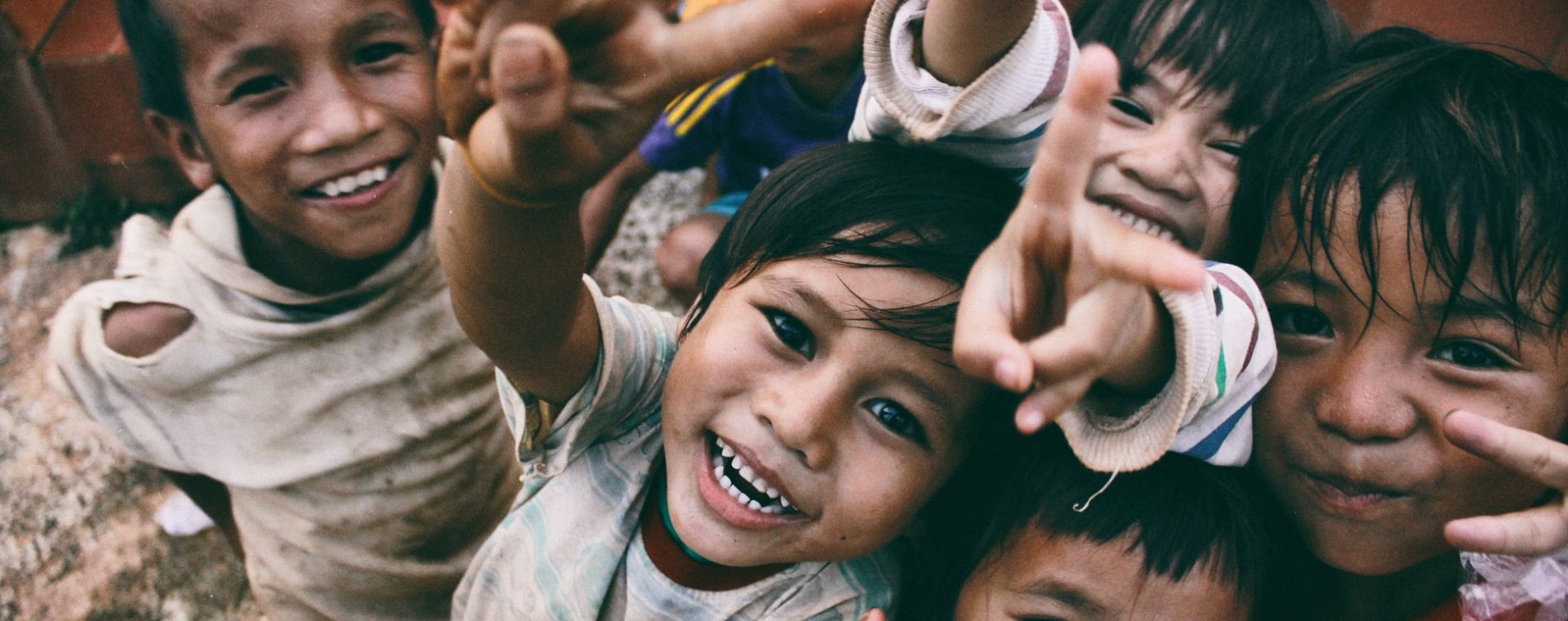
Today the education landscape witnesses an influx of innovations in education all over the globe. Yet, the hardest-to-reach children are marginalized from receiving access to quality education due to linguistic, geographic, or cultural limitations. Even when global or national organizations try to provide social interventions, the implementation often does not involve local leaders who know the needs of their own communities.
Going to places where International Non-Governmental Organization (INGO) projects have failed, it is important to understand why they fail. While many scholars and practitioners have tried understanding why INGOs experience failure, one explanation from Katrin Verclass, the creator of Failfare, stands out:
“Western organizations, or NGOs, or donors, in particular, have particular ideas about what might be alleviating a particular problem in a developing country, without a really good understanding of the end-users or the beneficiaries.” (As cited in Simms 2010)
Her comments can be applied to more than just INGOs; they can apply to national NGOs that often fall into the same trap of not understanding the beneficiary’s needs. It is worth considering how we can change the attitudes that Verclass mentioned, and if it starts with treating the beneficiary or end-user as a co-designer in the programming.
One organization that stands out in its efforts to incorporate local and national input into their programs is United World Schools (UWS), one of the 2019 WISE Awards winners.
Their work in places like Cambodia, Myanmar, and Nepal, targets the hard-to-reach communities that often lack the linguistic, geographic, or financial access to national schools and curriculums.
UWS’s commitment to the involvement of local communities is reflected in its highest level of leadership. From the outset of designing their model, “UWS wanted to design a model that was sustainable in the long run, because education needs to operate for a long term to leave an impact” stated Tim Howarth the CEO of UWS.
Long-term sustainability, meant that not only did they need to ensure the schools would be funded sustainably, which they do through the partner school model, but also that the model would respond to the needs of the community.
What does ‘involving the community’ look like on the ground?
When approaching a project, UWS meets with the national government and local community leaders simultaneously to decide how and why they will build a school. Not only does the model engage local actors at the outset, it connects them to stakeholders on the national level that they may not have had access to otherwise.
One way UWS earns the trust of the community is by addressing the linguistic barriers these communities face. In many of the areas they operate, children struggle to understand the national language because they had no linguistic construction understanding of their own mother tongue.
UWS realized that they need to teach children the basics of their own language and build upon that in order to effectively teach the national language and curriculum. “Language is a facilitator of learning” according to Howarth, and UWS provides access to that facilitator through training young people in the community on how to use the power of play to teach basic mother tongue language skills in the schools.
For example, in Myanmar, facilitator Sandar Win translates the national curriculum into a language the youngest children at the school can understand, while working with them to help them learn Burmese. This approach honors the local languages while simultaneously offering access to the national language in the long term.
Educate Girls, one of the 2014 WISE Awards winners, operates in a similar manner in its national setting.
In trying to address the issue of out-of-school girls, their intervention model is dependent on communities on the ground to change attitudes about girls’ education. It was not enough to partner with the local government; they needed to gain the support of local influencers and community leaders to convince families to send their daughters to school.
Their intervention relies on local volunteers to conduct surveys to identify the number of out-of-school girls, which then allows the local voice to accurately assess the depth of the intervention needed.
Their community ownership model creates village boards and volunteers tasked with mobilizing the community to get their daughters to schools. This approach allows their work to be more than a typical literacy and numeracy program. Rather, it’s an intervention that addresses and creates community-backed behavioral change.
In today’s world, a key ingredient measurement of success is including the community as co-designers to provide access to tools of quality education. When global or national organizations try to provide social interventions in the hardest-to-reach areas, at the outset of design they need to be asking how involved the local community needs to be to ensure a successful implementation. Often, when communities are involved in the design process as they were with UWS and Educate Girls, they buy into the intervention more easily and thus ensure successful and sustainable implementation.


